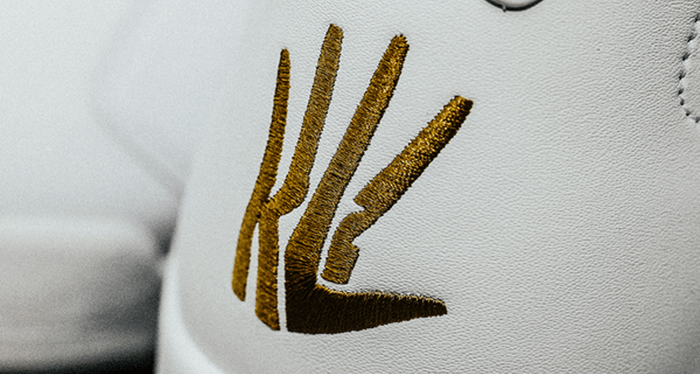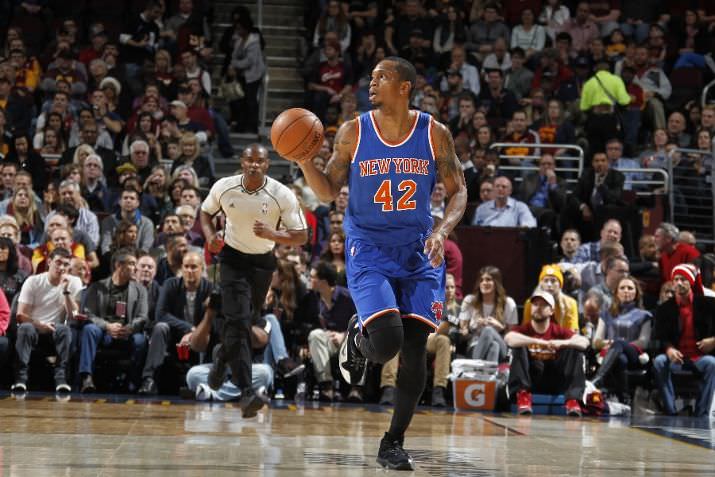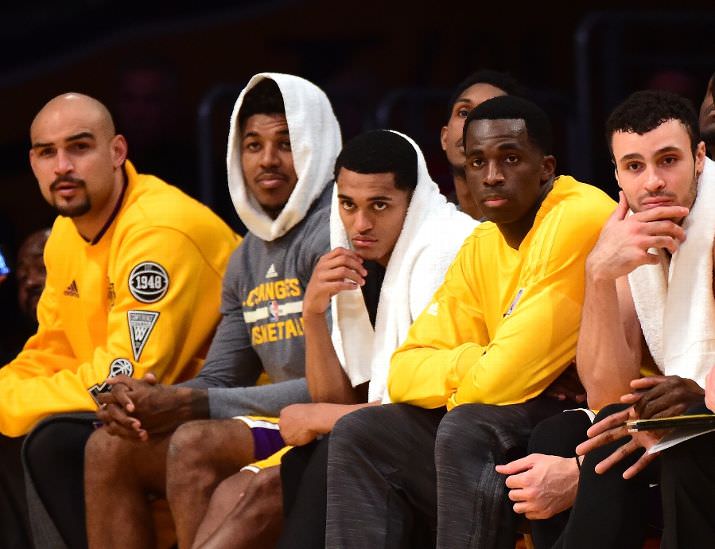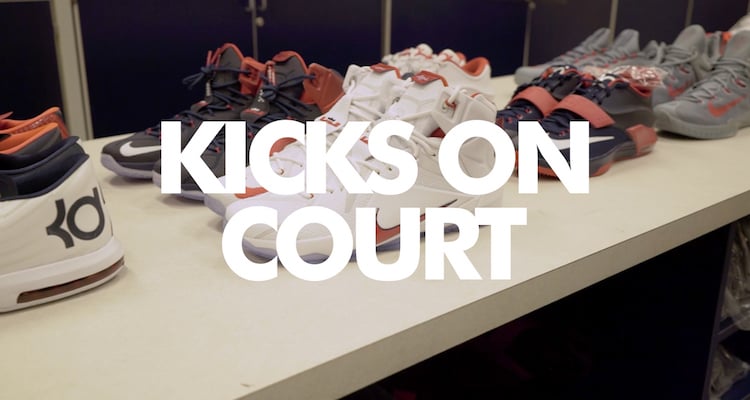This post may contain affiliate links. Please read our disclosure policy.
2014 & Beyond
So, are sneakers too expensive in 2014? Inflation examples say no, but one-off examples like $80 preschool size Air Jordans or $790 Rick Owens x adidas Tech Runners suggest otherwise. Is a pair of shoes worn once a month worth more than a vacation? On the contrary, could a resold pair of sneakers help pay off student loans? As always, the decision and the power falls in the hands of the buyer. If retro releases consistently sell out at over $200 a pop and resell for $400, you can bet the retail prices will increase the next year. Just the same as in the Air Jordan 17 example, if a shoe sits at $200 when released, there is a solid chance that follow up will retail for less.
With slow sales for the likes of the $400 Jordan Shine and raised eyebrows over a $375 Jordan Future, it’s safe to say that footwear fans aren’t fully willing to pay exorbitant amounts for a sneaker released at retail. What’s probably more true though is that aside from limited appeal, the perceived value really derives from nostalgia and name value. Sure, tech-heavy shoes like the Nike Air Max Flyknit might sell for $417 USD in Brazil, but a shoe better say Yeezy, Jordan or LeBron to catch that type of coin in the US.
photo via Sole CollectorThe ultimate case study will come in 2015 as Jordan Brand launches its remastered retro campaign with said to be increased quality and somewhat of a higher price point. In the opposing direction, it’s been alluded that the Kanye West x adidas collection will be much more accessible and could cost much less and than that of the $200+ Nike Air Yeezy line, potentially shifting perception on name, price and hype as we know it. Either way, it’s hard to fight the laws of supply and demand.
At the end of the day though, it’s not fair to only subject sneakers or sneaker culture to this price stretch scenario as it extends to fashion, automobiles and just about every other range of product that comes with a price tag. Perhaps the only difference with sneakers is that young people are actually coming up on cash instantly via the resale market. The bottom line is we all decide how much a sneaker should cost every time we buy or pass on a shoe. While the brands may set the prices, the consumer ultimately decides the value.




